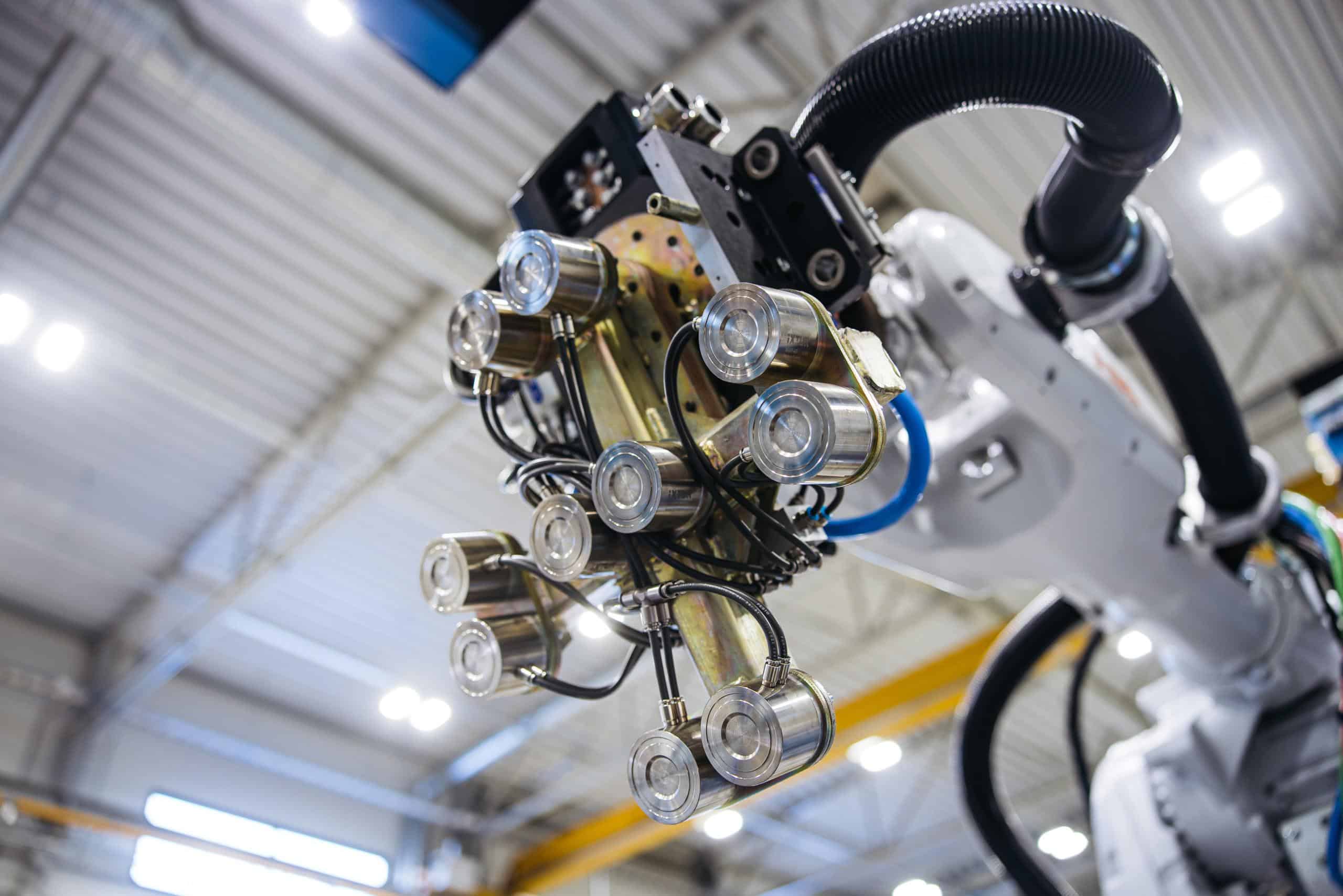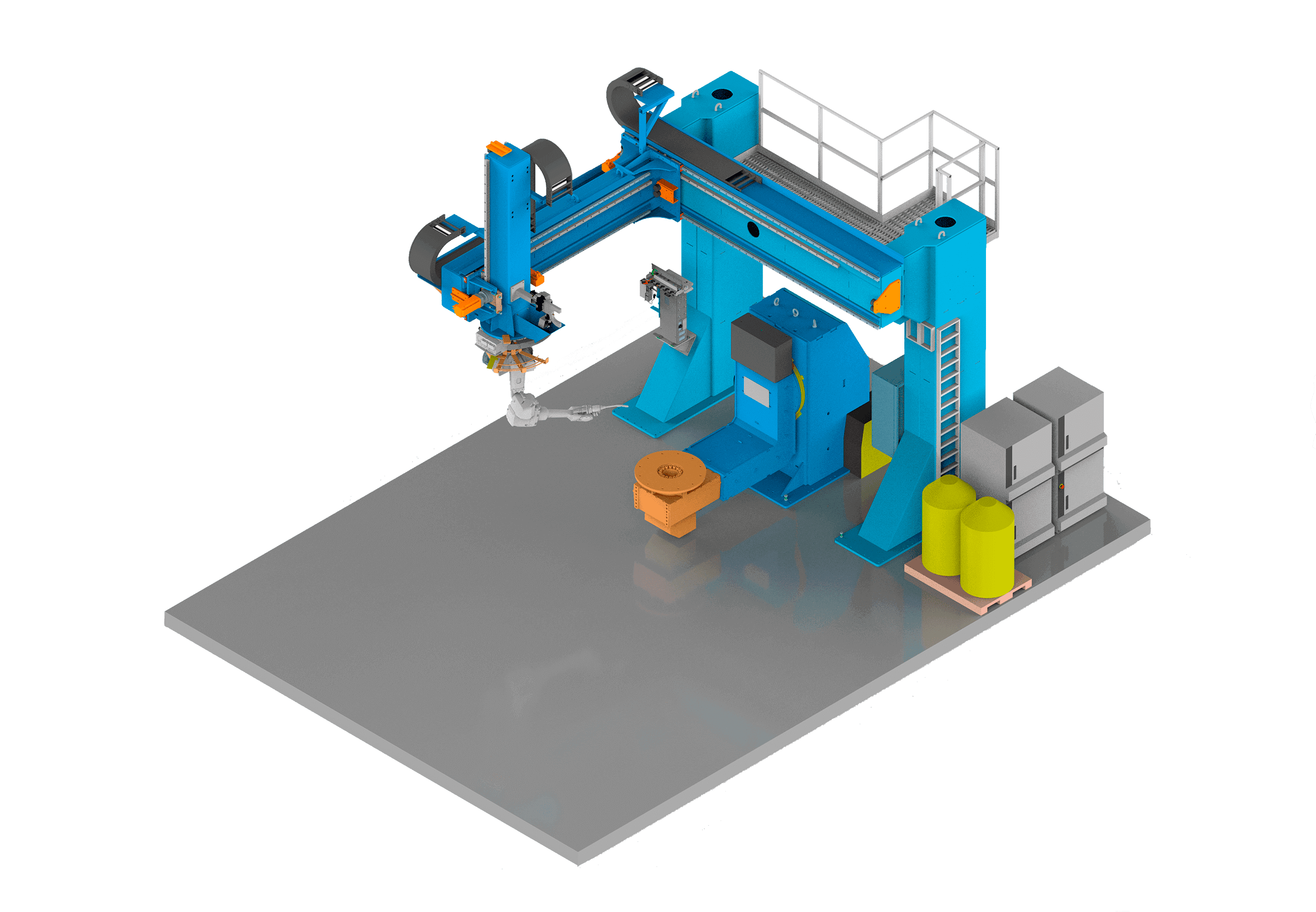Concept Design in Robotic Welding: The Key to Successful Automation
Concept design is the process of defining the goals, objectives, and requirements of a project and creating a preliminary design plan to meet those needs. When it comes to robotic welding, concept design plays a crucial role in ensuring the success of the automation process.
Benefits of Concept Design in Robotic Welding:
Improved Performance: A well-designed concept plan ensures that the robotic welding system meets the specific needs of the manufacturer or contractor. This can lead to improved performance and increased productivity, as the welding robot is able to perform its tasks more efficiently and effectively.
Increased Cost Savings: A comprehensive concept design plan can help to identify areas where cost savings can be achieved, such as reducing waste or streamlining the production process. This can help to lower the overall cost of the robotic welding process and improve the bottom line.
Enhanced Quality: A well-designed concept plan ensures that the robotic welding system is designed and built to meet the highest standards of quality and reliability. This can significantly improve the overall quality of the finished product, reducing the need for repairs and maintenance over its lifetime.
In conclusion, concept design is a critical component of any successful robotic welding project. By defining the goals, objectives, and requirements of the project, and creating a comprehensive design plan, manufacturers and contractors can ensure that their robotic welding system is built to meet their specific needs and deliver better results in less time. So why wait? Invest in a comprehensive concept design today and take your robotic welding process to the next level!
Get familiar with our content
Follow us to get the latest news!
Jucat offers tailormade solutions for your robot welding needs
- Designed and assembled by Jucat
- Different welding techniques
- Different levels of automation
- Using ABB Robotics




